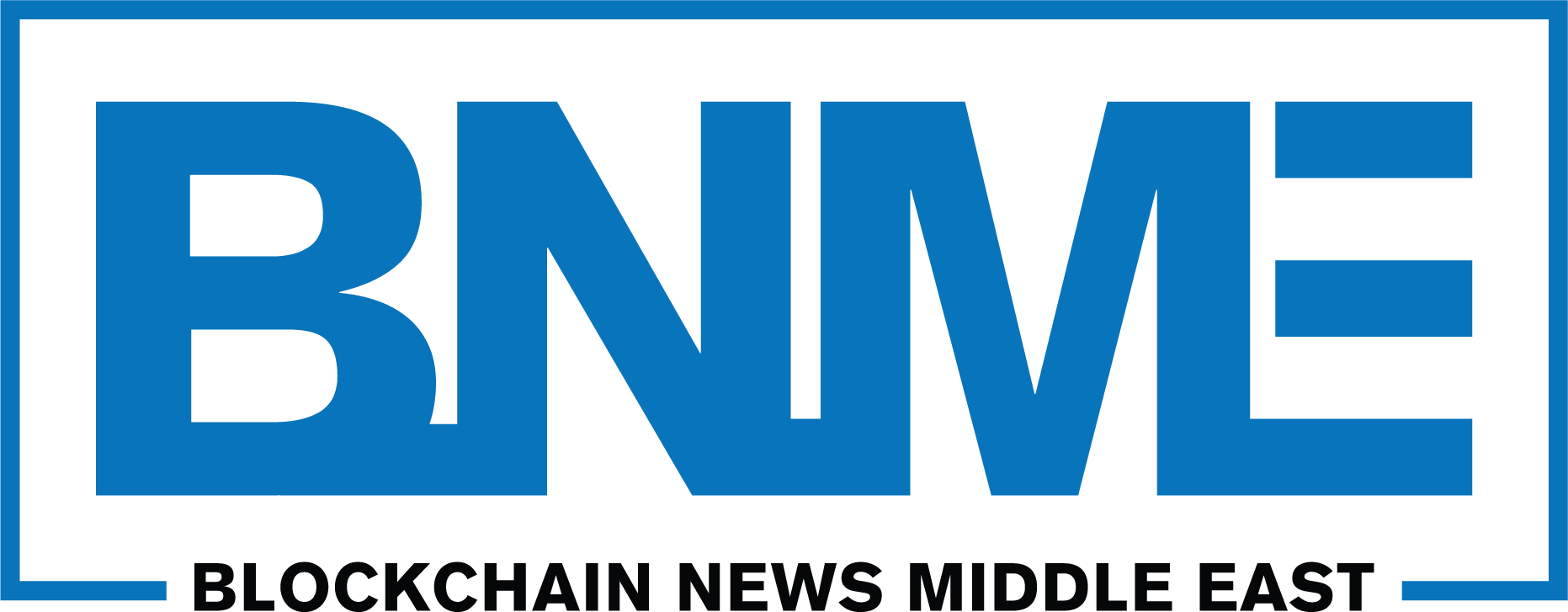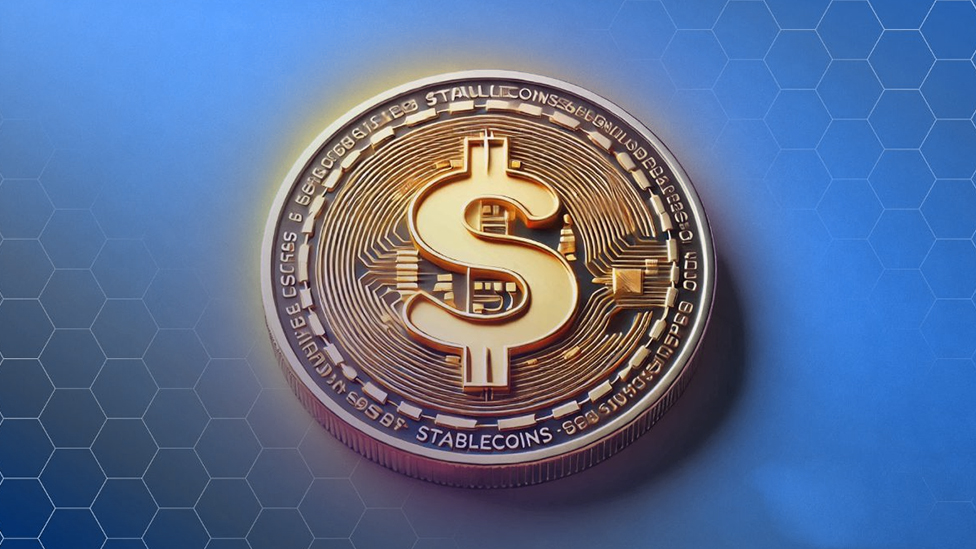MetaMask, the popular Web3 wallet with over 30 million monthly active users, is preparing to enter the stablecoin arena. A governance proposal circulating in its community has revealed plans to launch its own USD-backed stablecoin—MetaMask USD (mmUSD)—in partnership with global payments giant Stripe. While official confirmation is still pending, the move signals a serious attempt to challenge the dominance of major players like USDC and USDT.
A New Player in the Stablecoin Race
According to the proposal, mmUSD would be built on the M⁰ network, a decentralized platform for issuing and settling digital assets. Stripe would act as the issuing partner, providing the necessary fiat backing and compliance infrastructure. The partnership aims to give mmUSD both regulatory clarity and market credibility—two critical factors in today’s tightly regulated stablecoin environment.
This strategic collaboration positions mmUSD as a potential competitor to Circle’s USDC and Tether’s USDT, which currently dominate the market. MetaMask plans to embed mmUSD throughout its ecosystem, enabling users to interact with DeFi applications like Aave for lending, borrowing, and earning yield, all without the need for centralized intermediaries.
Building on Existing Momentum
The mmUSD initiative follows MetaMask’s recent rollout of a crypto payment card developed in collaboration with Baanx and Mastercard. This card allows users to spend crypto directly from their self-custody wallets, extending MetaMask’s value proposition beyond digital asset storage and dApp access.
This step into real-world usability reflects MetaMask’s broader vision to become a complete financial hub within the Web3 ecosystem. With mmUSD, MetaMask aims to deepen its integration across DeFi, NFTs, and digital identity applications.
The GENIUS Act Spurs a Corporate Stablecoin Boom
MetaMask’s move aligns with a wider trend among major corporations following the passage of the GENIUS Act—a landmark U.S. law signed in July by President Trump. The legislation establishes a federal regulatory framework for stablecoins, reclassifying them as payment tools rather than securities. This legal clarity has triggered a wave of activity from companies looking to modernize their payment systems.
For example, Western Union has begun piloting stablecoin-based remittance programs in South America and Africa. The goal is to streamline cross-border transactions, which currently carry an average fee of 6.6%. Meanwhile, Interactive Brokers is exploring the use of stablecoins for instant brokerage funding, and Remitly has launched a beta version of a multi-currency wallet that supports both fiat and stablecoins.
Stripe, MetaMask’s potential partner, is also deepening its stablecoin infrastructure through Bridge, a platform that enables stablecoin payouts. Remitly has already integrated Bridge into its treasury and payment systems, and other fintech firms are expected to follow suit.
Regulatory Ambiguity and Workarounds
Despite the GENIUS Act’s attempt to restrict interest-bearing stablecoin products, major players like Coinbase and PayPal are continuing to offer high-yield options. Coinbase, which once co-issued USDC with Circle, provides a 4.1% APY on USDC holdings, arguing that it is no longer the issuer. Similarly, PayPal offers 3.7% APY on PYUSD, claiming exemption since the issuance is technically handled by Paxos.
These workarounds have drawn criticism from lawmakers, particularly Senator Elizabeth Warren, who warned that private stablecoin issuers could introduce systemic risks and privacy violations. Still, companies like Amazon, Walmart, and Alipay are exploring stablecoin integration, indicating strong momentum despite political resistance.
MetaMask’s Strategic Advantage
If launched, mmUSD would be the first stablecoin directly tied to a widely used non-custodial wallet. With MetaMask’s vast user base and Stripe’s trusted infrastructure, mmUSD has the potential to rapidly gain traction. Unlike many new entrants, MetaMask brings an existing ecosystem of dApps, DeFi protocols, and user loyalty that could significantly shorten the adoption curve.
Moreover, with over 20 million blockchain addresses already transacting in stablecoins, the demand is clearly there. MetaMask’s entry could accelerate decentralization in the stablecoin sector, empower individual users with more self-custody options, and offer a robust alternative to centralized issuers.
Final Thoughts
Though the proposal has not yet been officially confirmed and remains private, the possibility of mmUSD represents a major development in the evolution of digital finance. By combining MetaMask’s reach with Stripe’s compliance and payment expertise, mmUSD could emerge as a major force in reshaping how we interact with money in the decentralized world.
As the stablecoin race heats up and more corporations enter the fray, MetaMask’s proactive approach may set a new standard for what a modern, user-first stablecoin ecosystem can look like.




























